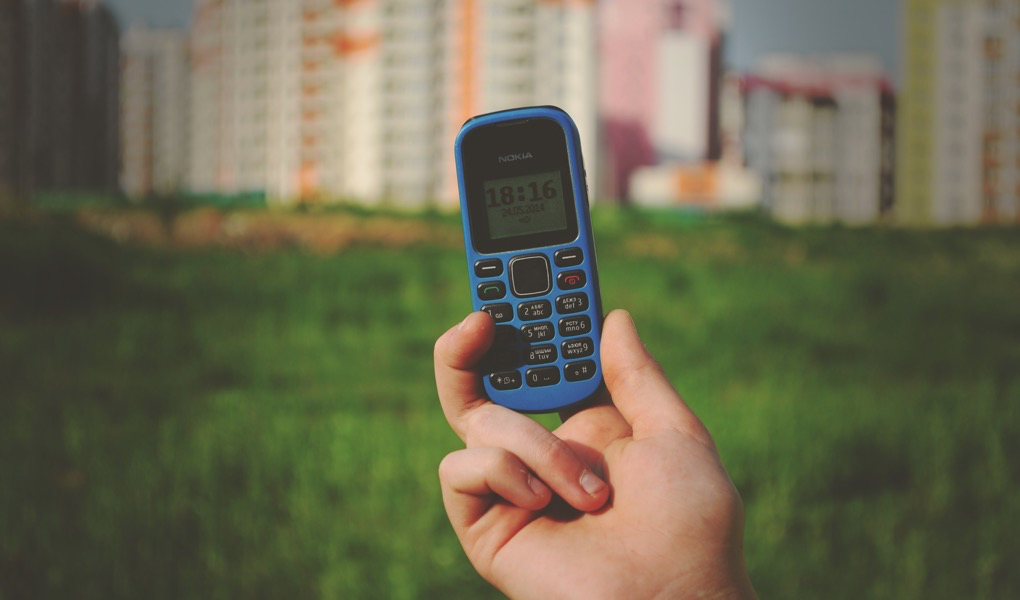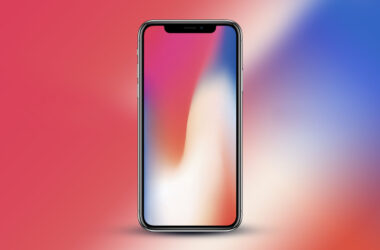We have broken away from switching out our phones every other year.
It started with feature/dumb mobile phones back in the early 2000s. For whatever reason, American telecom companies went with a subsidy model for phone plans: give away the hardware, make back the money by overcharging for voice plans. Eventually smartphones came about and the economics made free phones unfeasible; the original iPhone 3G required the user to pluck down $200, albeit to buy a $500 phone. People spent considerable effort finding loopholes in various promotions to end up with free phones or an extra smartphone1. Throughout this evolution of phones, contracts were standardized to 2 years.
Telecoms, of course, have moved away from subsidies pretty much entirely. The choices are now to either buy the phone outright, or participate in one of these continued phone upgrade plans, where for some $20-30 a month, you get a new phone every 18 months or so. The latter feels like a car lease; the monthly payments are structured to be lower than an equivalent purchase of the phone stretched out over the same period, but people are encouraged to trade their phones in at a discount for the next phone — and a renewed payment plan. Unsurprisingly, the operators love these installment plans as they provide a lock-in effect without the full cost of phone subsidies.
With discrete phone purchases, the annual cycle of smartphone refreshes have split users into those who upgrade every year2, those who stay upgrading every other year, and those who wait 2½ years or even longer between mobile devices. As phones increasingly reach a plateau in terms of usable computing power3 and hardware features, there’s less and less incentive to stick with the bi-annual upgrade cycle. The biggest motivation to upgrading may be a worn battery.
This is, I think, a welcome maturation of the mobile industry — at least in the United States. Users have more control over which phones they want to upgrade to, and can decide on exactly when without worrying too much about contracts and breakup fees and calculating subsidy remainder costs.



